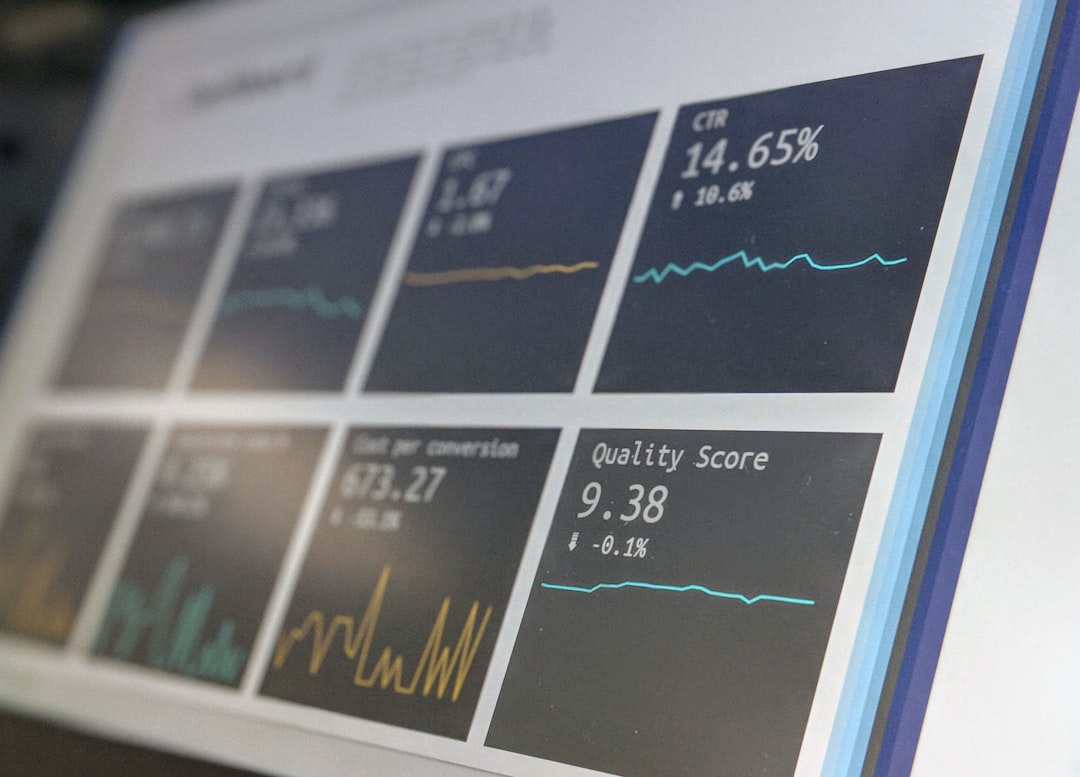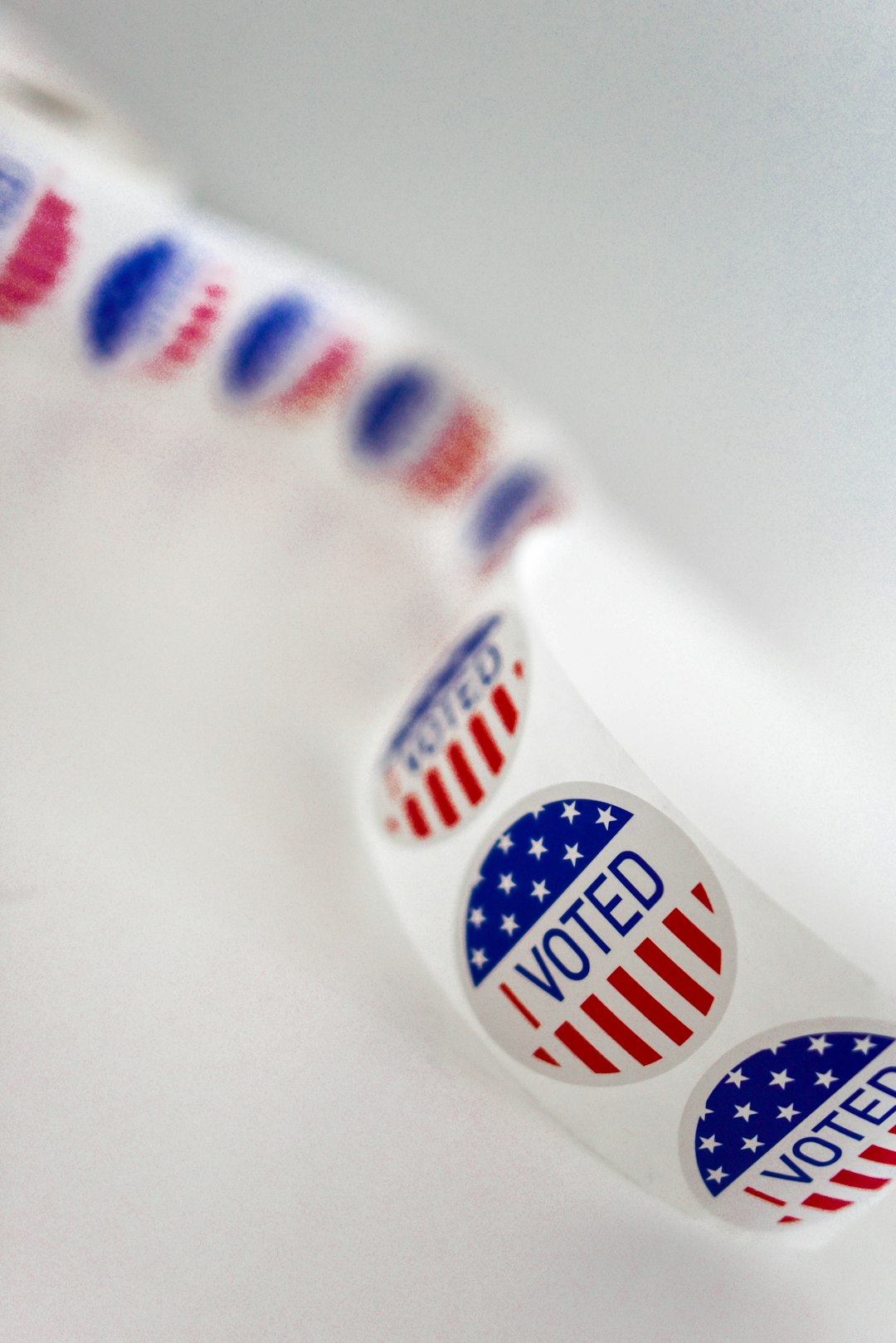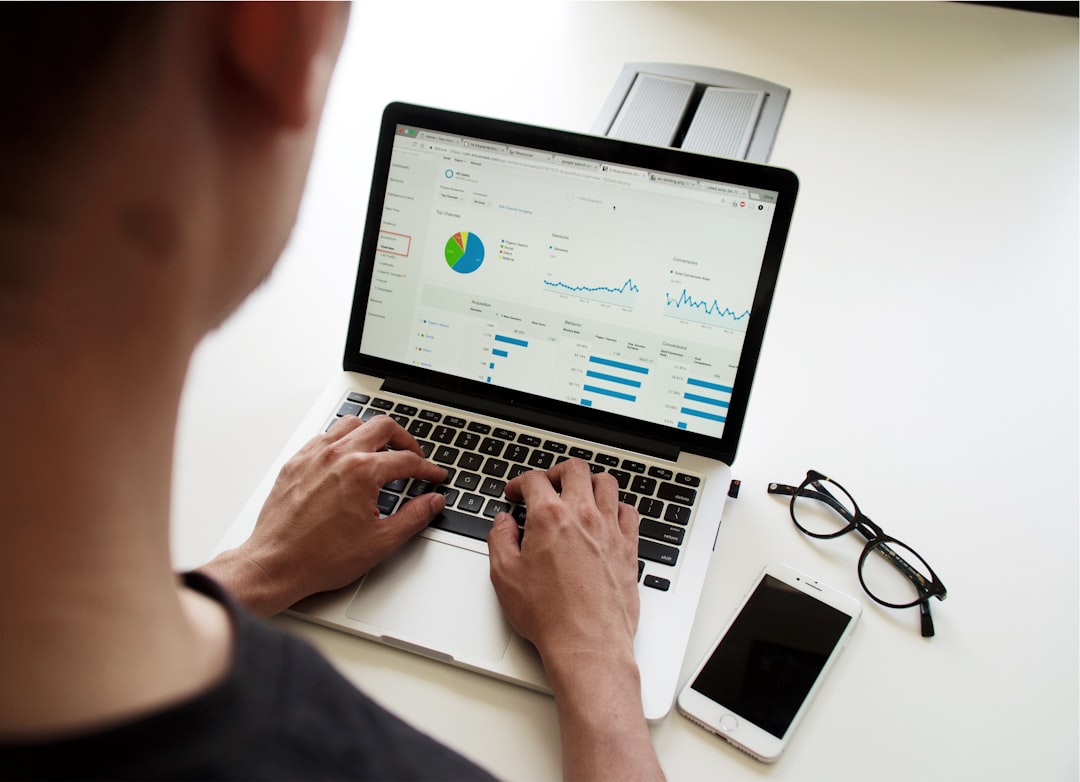
Introduction to Game Theory in Economics.
# Introduction to Game Theory in Economics. Game theory is a fundamental concept in economics that provides a framework for understanding strategic interactions among rational decision-makers. In the realm of economics, game theory is utilized to analyze behaviors in situations where the outcomes depend not only on an individual's actions but also on the actions of others. This concept plays a crucial role in competitive markets, negotiations, and cooperative behaviors, making it an essential area of study for economists and business strategists alike. # The Foundations of Game Theory. Developed in the early 20th century, game theory has its roots in mathematics, particularly in probability and statistics. The seminal work by mathematician John von Neumann and economist Oskar Morgenstern laid the groundwork for what is now known as cooperative and non-cooperative game theory. These foundational concepts enable economists to model situations ranging from simple two-player games to complex multi-player scenarios. In a classical game setup, players choose from a set of strategies, aiming to maximize their payoff while anticipating the strategies of their opponents. The interplay of these strategies leads to different types of equilibrium, analysis of which helps in predicting economic behaviors. # Types of Games: Cooperative vs Non-Cooperative. In game theory, games are typically classified into two categories: cooperative and non-cooperative games. ## Cooperative Games. In cooperative games, players can form alliances and negotiate binding agreements to achieve better outcomes for all involved. These games emphasize collective strategy and often lead to shared payoffs. An example in economics would be a group of businesses collaborating to set prices or share resources, effectively stabilizing their markets and enhancing profitability. ## Non-Cooperative Games. Conversely, non-cooperative games involve players making decisions independently, leading to competition rather than collaboration. Here, players cannot coordinate strategies or share payoffs, which makes the analysis more intricate. The Nash Equilibrium, developed by John Nash, is a key concept in non-cooperative game theory, illustrating a scenario where no player can benefit by changing their strategy if other players remain unchanged. This equilibrium is instrumental in understanding competitive markets and player behavior. # Applications of Game Theory in Economics. Game theory has numerous practical applications in economics. It provides insights into various scenarios, including: - **Market Competition:** Game theory helps analysts understand how companies may set prices in reaction to their competitors’ actions, contributing to strategic pricing decisions. - **Auctions and Bidding:** It frames the competitive strategies in auctions, assisting in understanding bidding behaviors and auction designs to maximize seller revenues. - **Negotiations:** Whether in labor negotiations or international trade agreements, game theory guides parties involved in determining their negotiation strategies to achieve favorable outcomes. - **Political Economics:** In the analysis of political behavior, game theory assists in explaining how political parties strategize during elections or how systems of governance function under cooperative agreements. # Challenges and Criticisms of Game Theory. Despite its wide application, game theory is not without limitations. One major challenge is the assumption of rationality among players. Real-world behaviors often deviate from the rational decision-making model due to psychological factors, misinformation, or irrationality. Critics argue that while game theory provides a useful framework, it may oversimplify complex economic and social dynamics. # Conclusion: The Importance of Game Theory in Economics. In conclusion, game theory serves as a powerful analytical tool that enhances our understanding of strategic interactions in economic contexts. From predicting competitive behaviors to elucidating cooperative alliances, the principles of game theory are integral to the functioning of modern economics. As both a theoretical and practical discipline, game theory not only enriches academic inquiry but also guides real-world decision-making processes in various fields. Understanding the fundamental concepts of game theory equips individuals with a strategic mindset that can be applied in numerous economic scenarios. As global economies continue to evolve, the insights gleaned from game theory will remain pivotal in navigating the complexities of economic interactions. .






